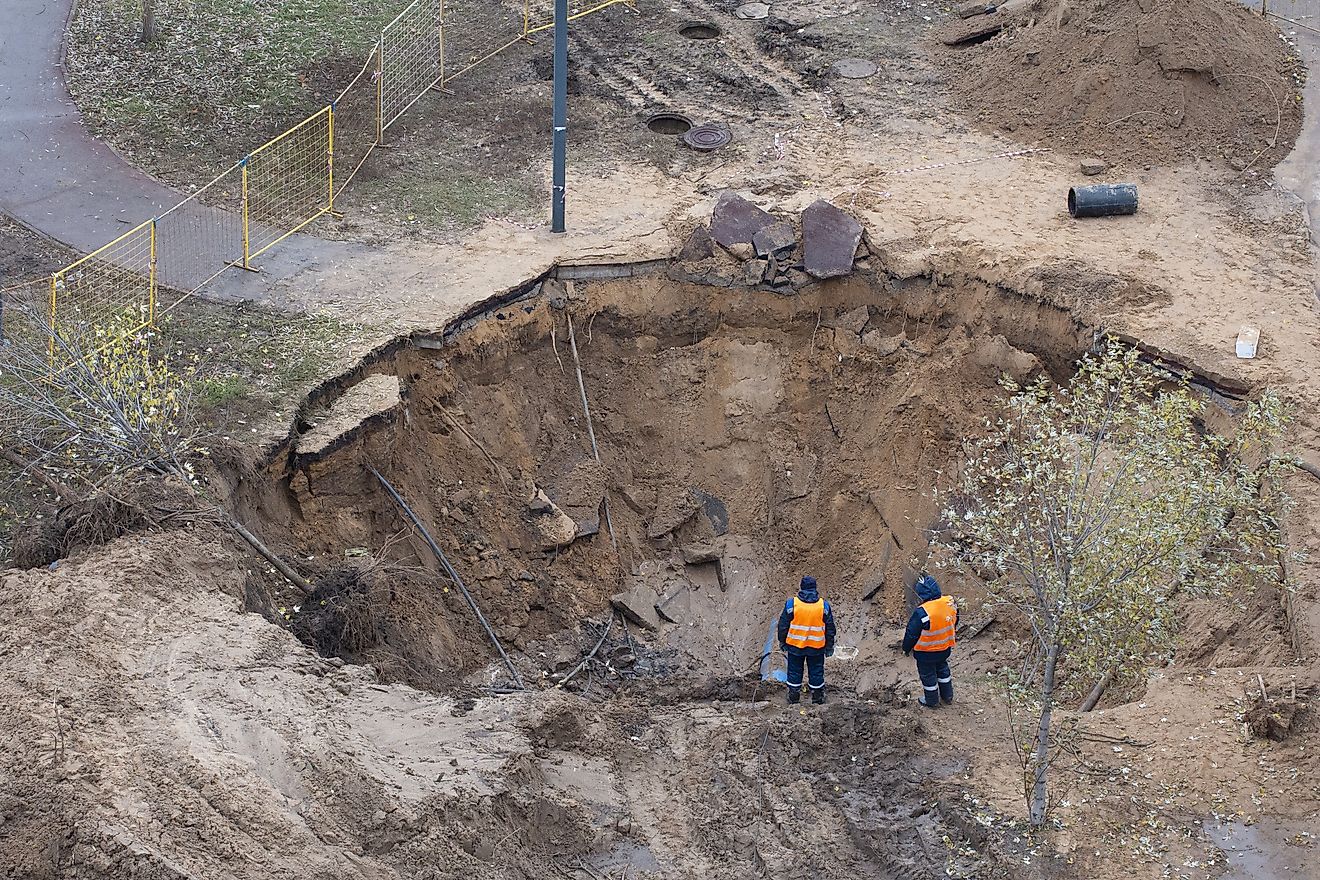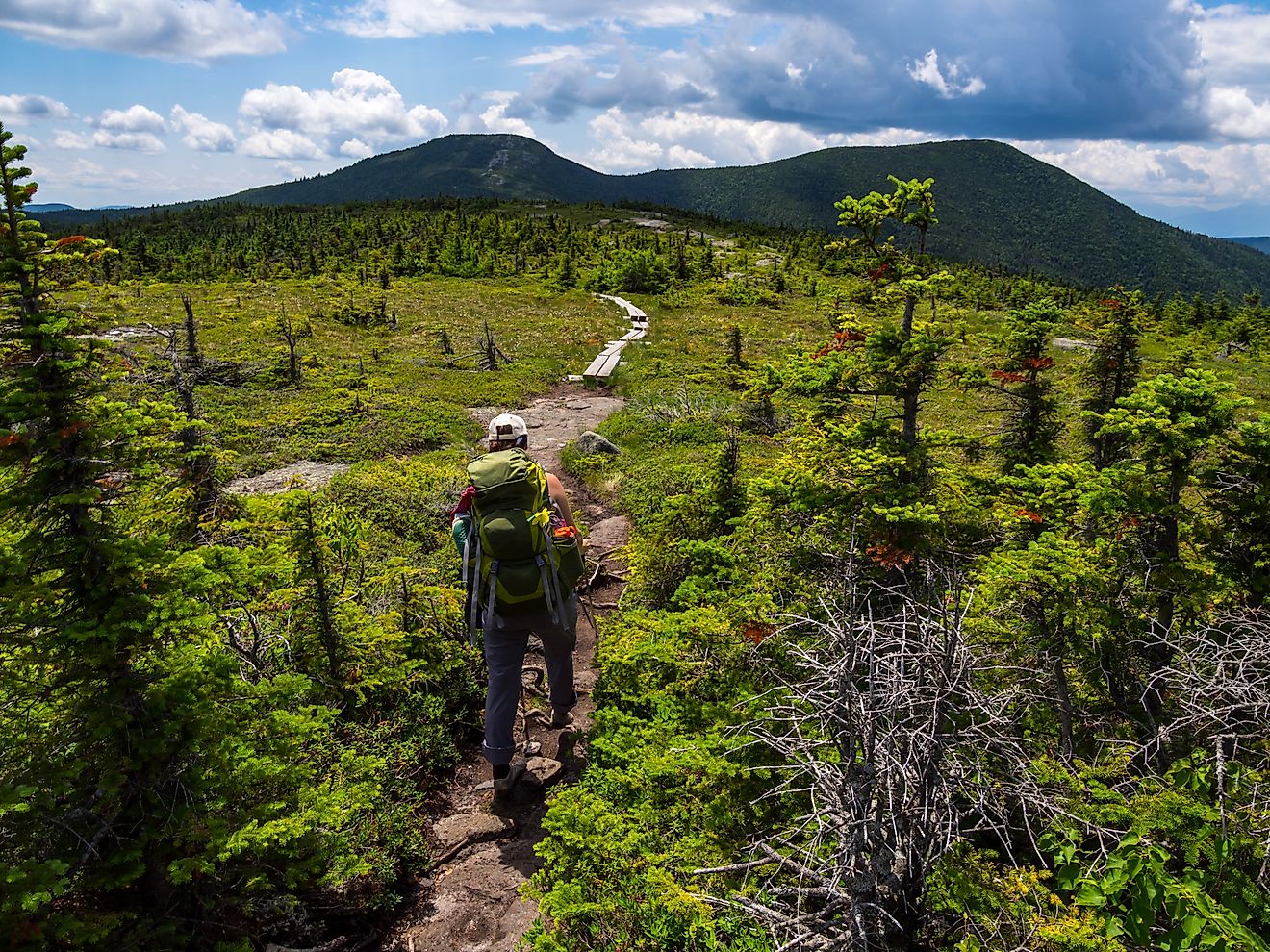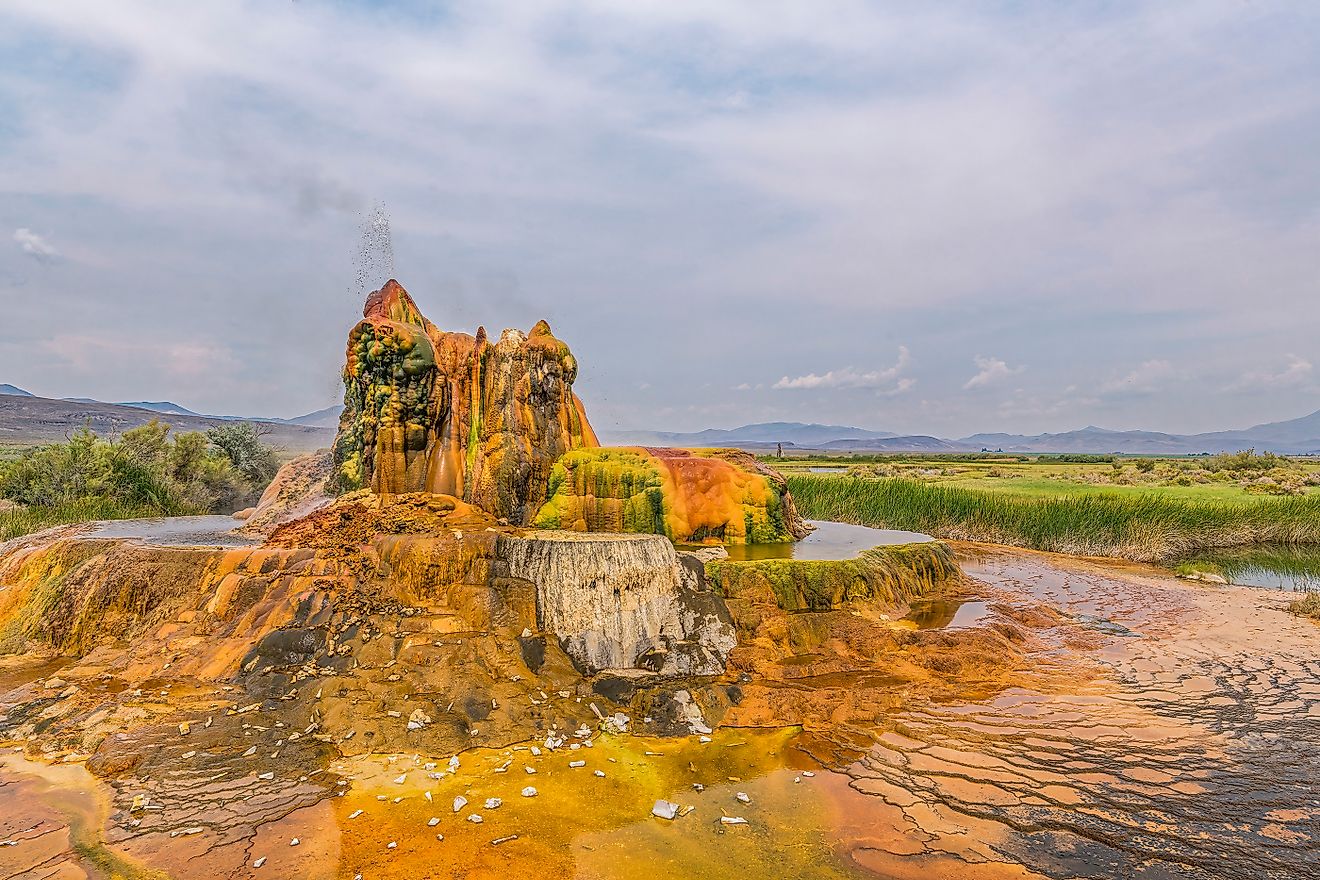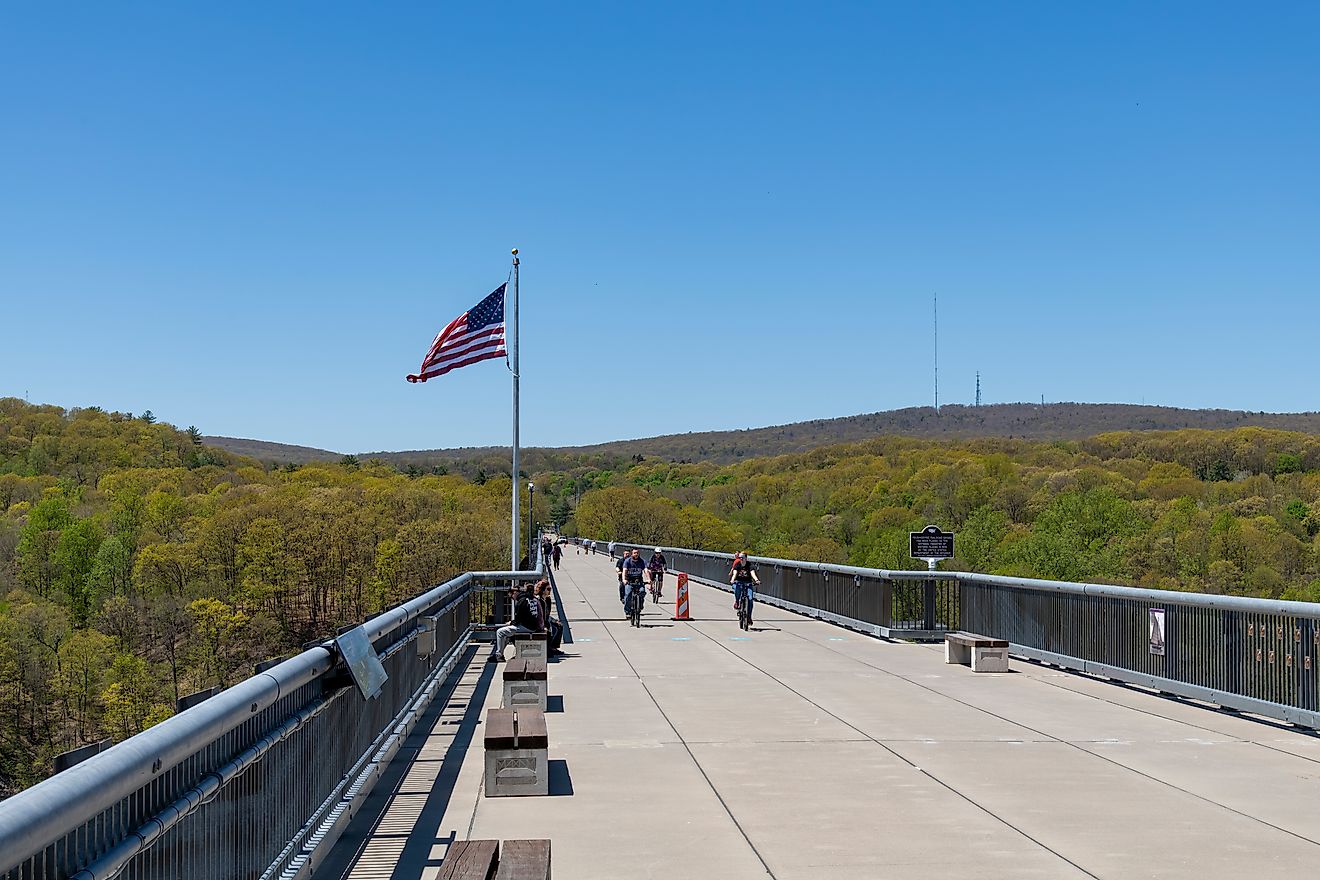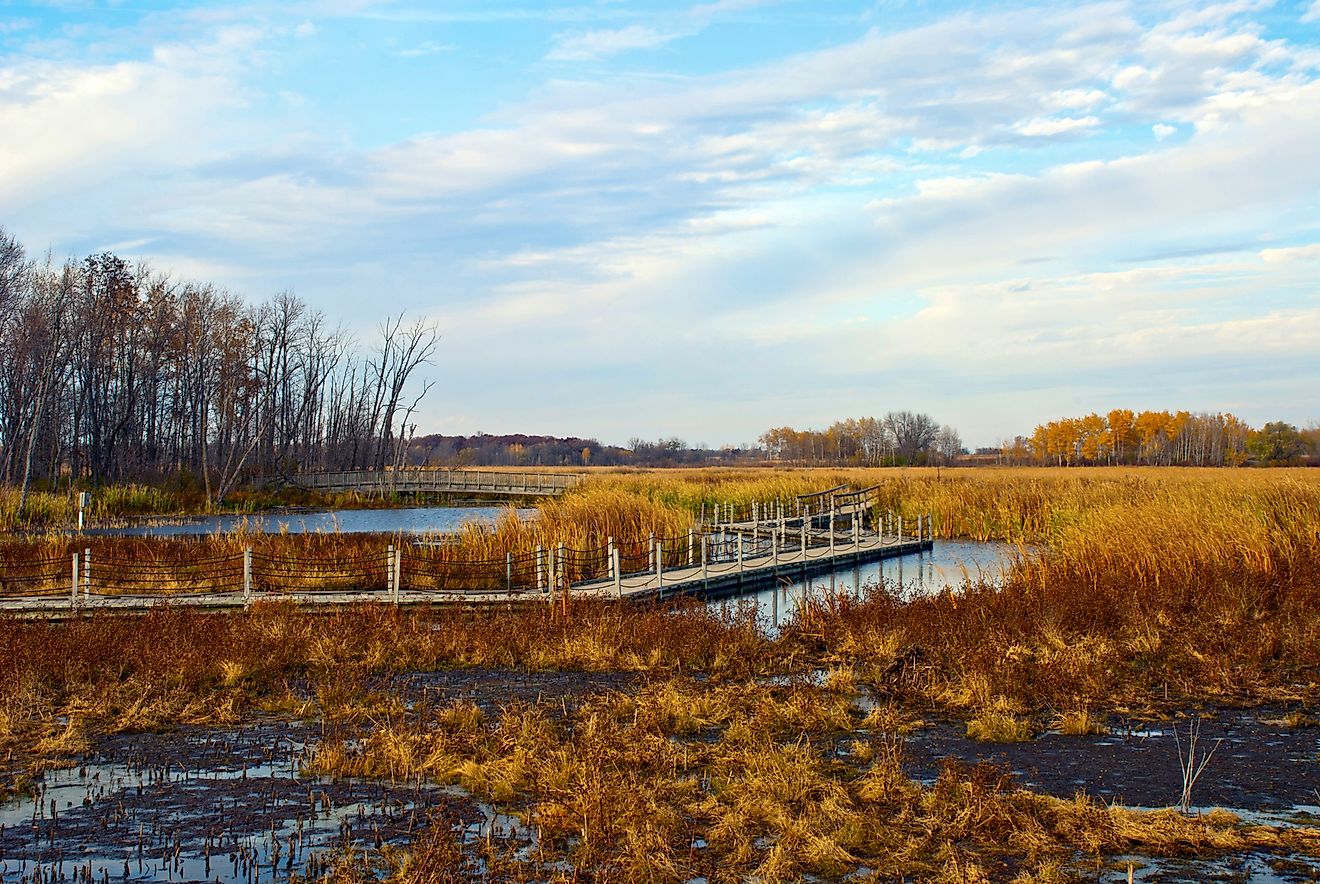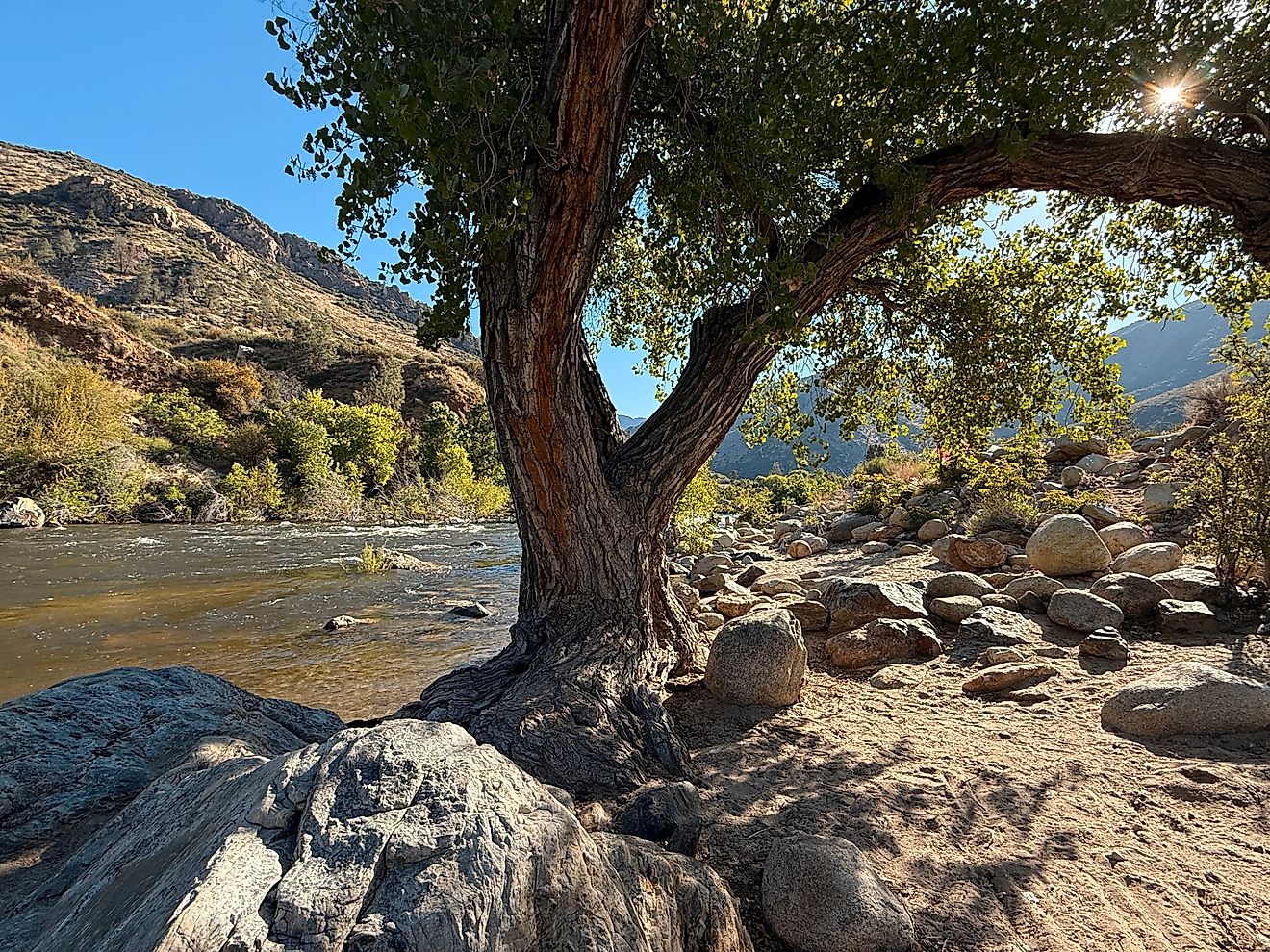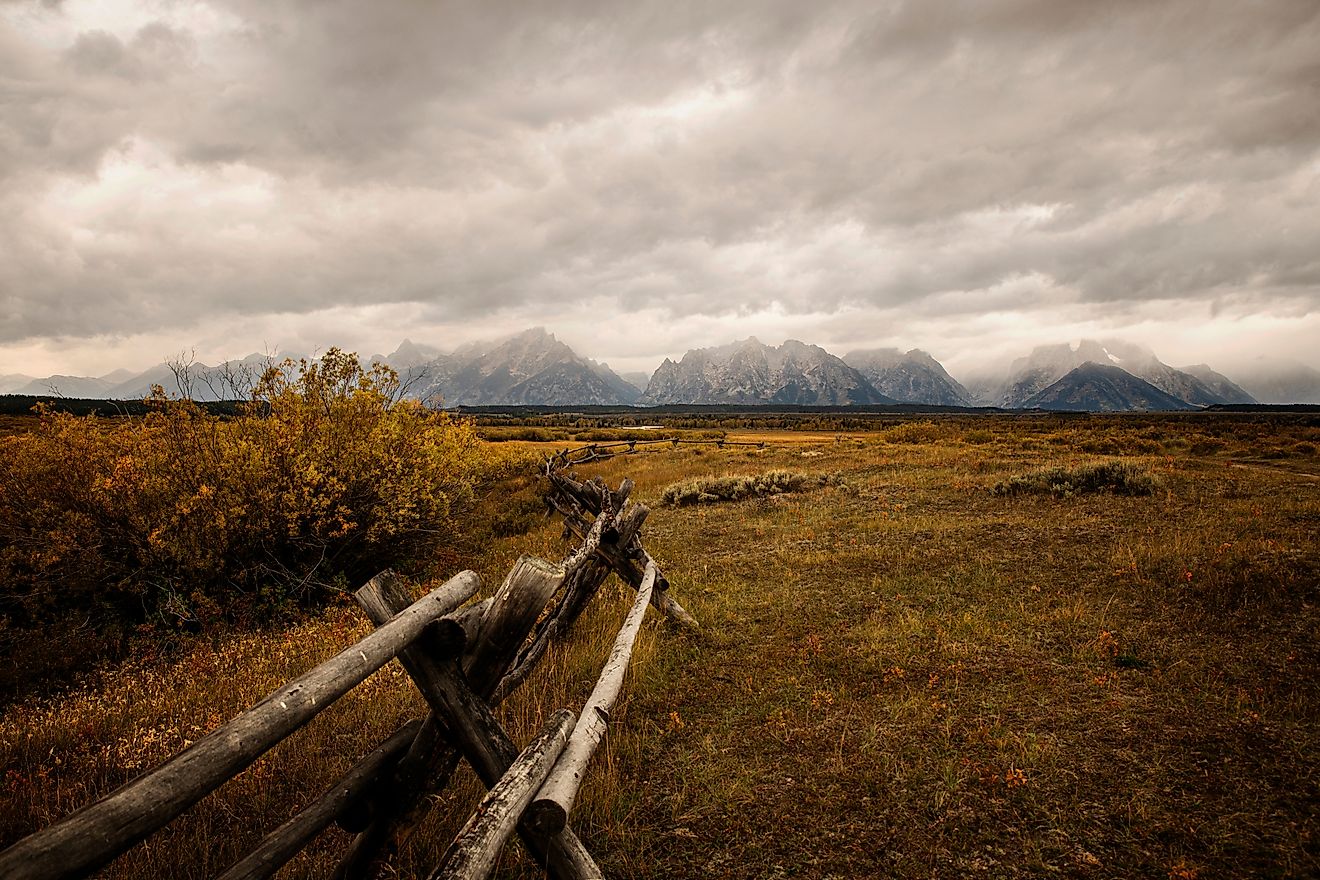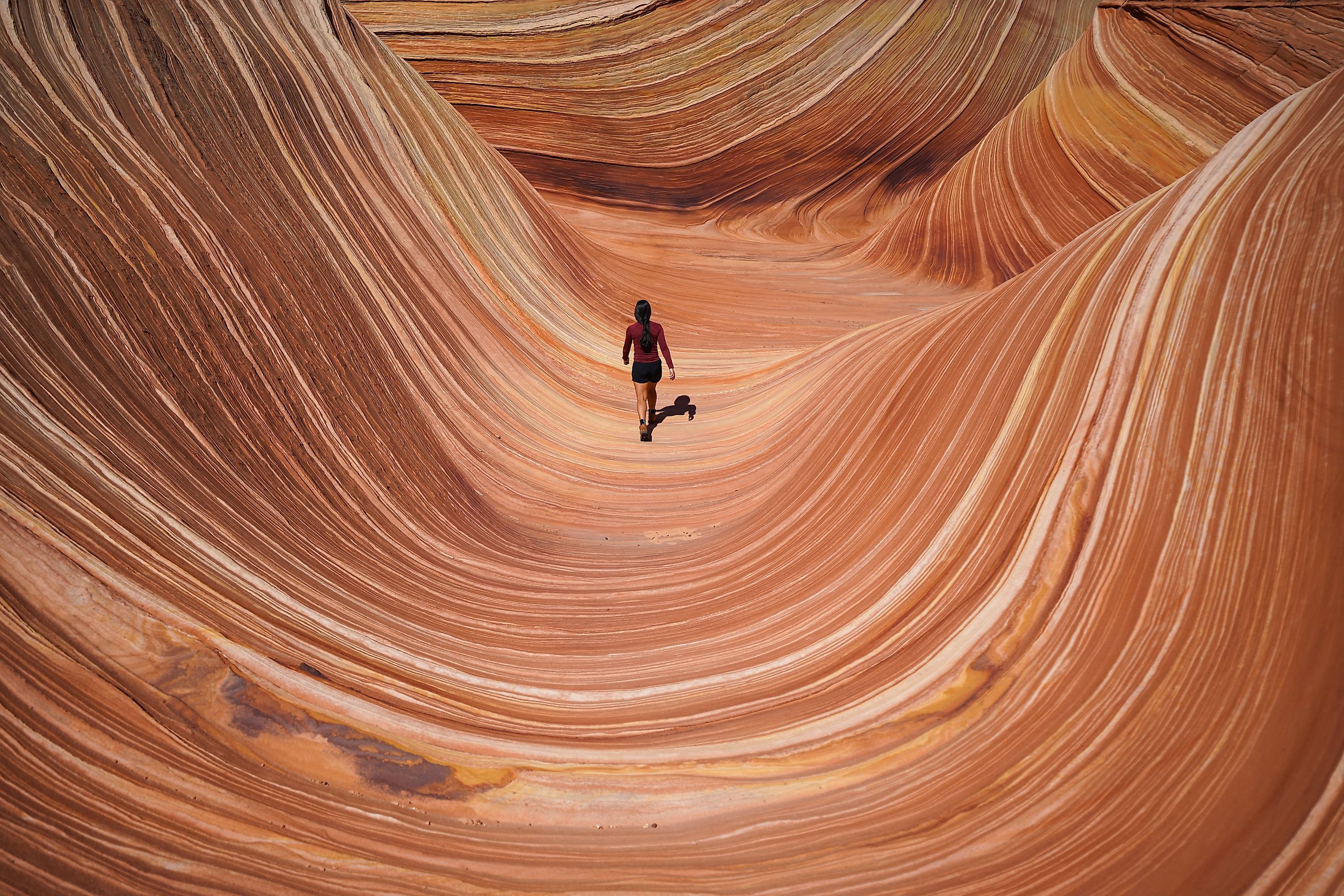
America’s Strangest Geological Formations
The United States is a land of natural wonders, home to landscapes that astonish and intrigue. Beyond towering mountains and sweeping plains, some corners of the country feature geological formations so unusual they seem almost otherworldly. These formations offer more than just aesthetic marvels. Each tells a story of ancient forces, climatic shifts, and millennia of erosion and upheaval. Examining these seven formations reveals the creativity of nature on a grand scale, showcasing how time, pressure, and elemental power sculpt the land into breathtaking works of natural art that continue to shape the nation’s most remarkable scenery.
The Wave, Arizona
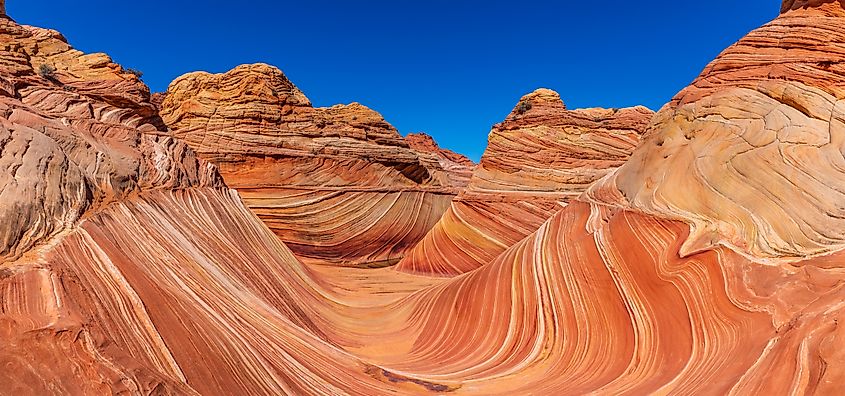
The Wave is a surreal sandstone formation located in the Paria Canyon-Vermilion Cliffs Wilderness along the Arizona-Utah border. Known for its undulating layers of red, pink, and orange sandstone, the formation appears sculpted by waves of liquid, though wind and water erosion over 190 million years created its signature ridges.
This narrow sandstone ridge extends for about 200 feet, with curves so precise that photographs often appear digitally altered. The rock is part of the Navajo Sandstone formation, deposited during the Jurassic period when this region was a vast desert. Unique cross-bedding patterns, where layers of sand shifted over time, give The Wave its rippling, fluid appearance. Access to The Wave is restricted through a lottery system, highlighting its delicate nature and popularity among geologists and photographers.
Devil’s Kettle, Minnesota
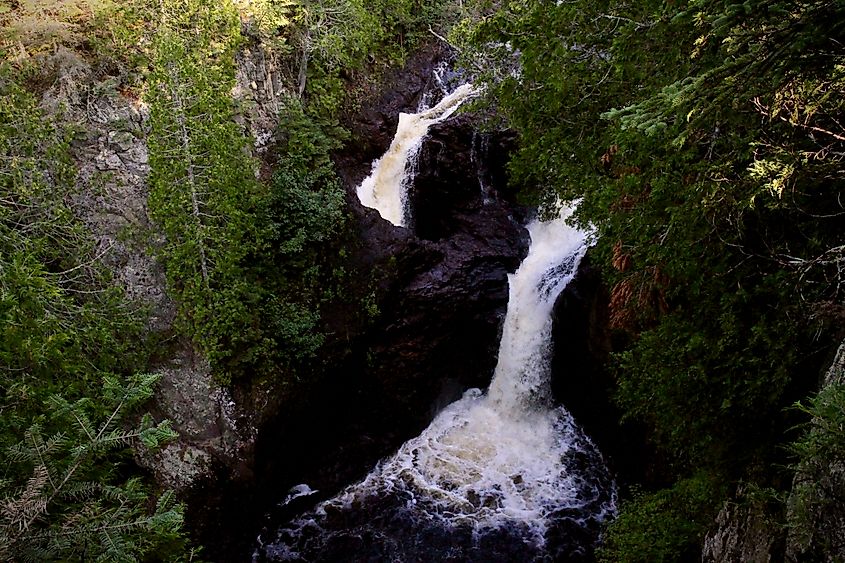
Devil’s Kettle is a waterfall with a geological mystery at Judge C. R. Magney State Park along the Brule River in Minnesota. One side of the river plunges over a cliff into a visible pool, while the other side disappears into a pothole and seemingly vanishes. Attempts to track the water’s path using dye, ping pong balls, and other methods have failed, making this waterfall one of the country’s most intriguing natural enigmas.
The surrounding geology consists of resistant basalt and softer sandstone layers, which created the kettle over centuries. The swirling plunge pool continuously erodes the softer rock beneath, maintaining a constantly changing underground passage. This phenomenon illustrates the unpredictability of water interacting with rock formations, creating a natural puzzle that has baffled scientists.
Carlsbad Caverns, New Mexico
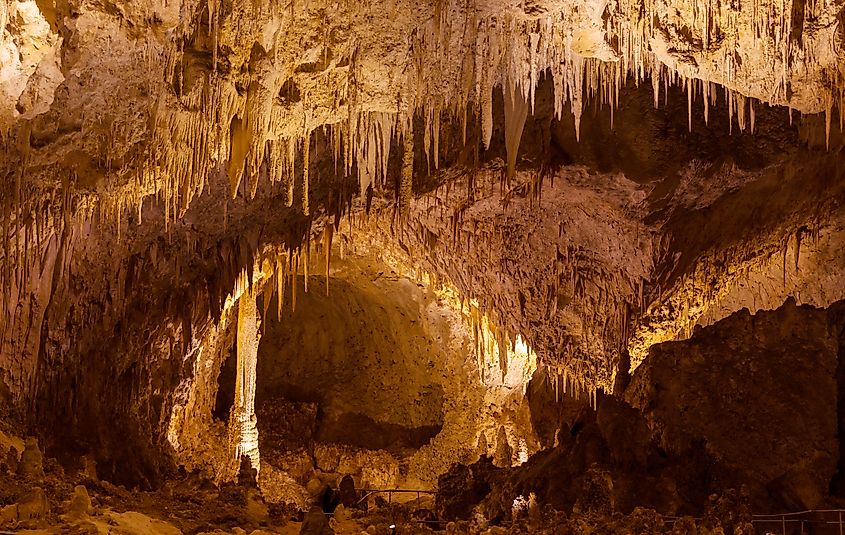
Carlsbad Caverns National Park in New Mexico holds one of the most extensive underground networks in the Western Hemisphere. These limestone caves feature massive chambers, intricate stalactites, stalagmites, and unusual rock formations resembling monuments and sculptures. The Big Room, at over 8,000 feet long and 625 feet wide, remains the largest single cave chamber in North America.
Formation of these caverns began approximately 250 million years ago, when sulfuric acid dissolved the limestone, creating vast hollow spaces. Minerals precipitated over millennia to form delicate and bizarre structures, including helictites, which defy gravity with their twisted shapes. This subterranean world offers insight into how chemical erosion and mineral deposition shape geological formations in ways that seem almost deliberate, yet remain entirely natural.
Cadillac Mountain, Maine
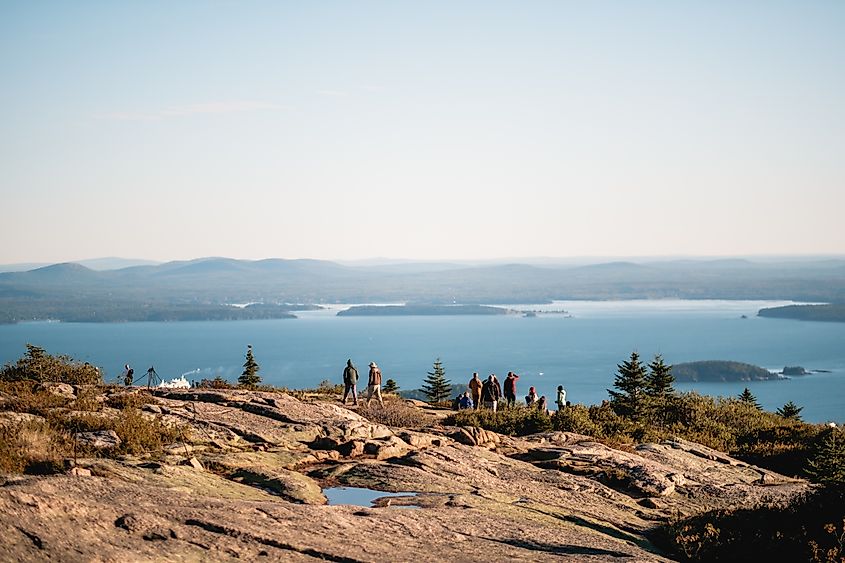
Cadillac Mountain in Acadia National Park, Maine, is a geological marvel, not only for its panoramic views but also for its unique rock composition. Granite cliffs dominate the summit, displaying glacial polish and striations left behind by Ice Age glaciers. The mountain represents the northernmost part of the Appalachian range and showcases the complex interplay between tectonic uplift and glacial sculpting.
The granite is part of the Devonian period, roughly 400 million years old, and features striking intrusions of darker rock, creating a dramatic contrast across the landscape. Seasonal frost action continues to shape the terrain, breaking rocks into sharp formations and angular boulders that appear almost sculpted. Cadillac Mountain illustrates the slow, persistent forces of ice, wind, and temperature in carving the face of the land.
The Pinnacles, California
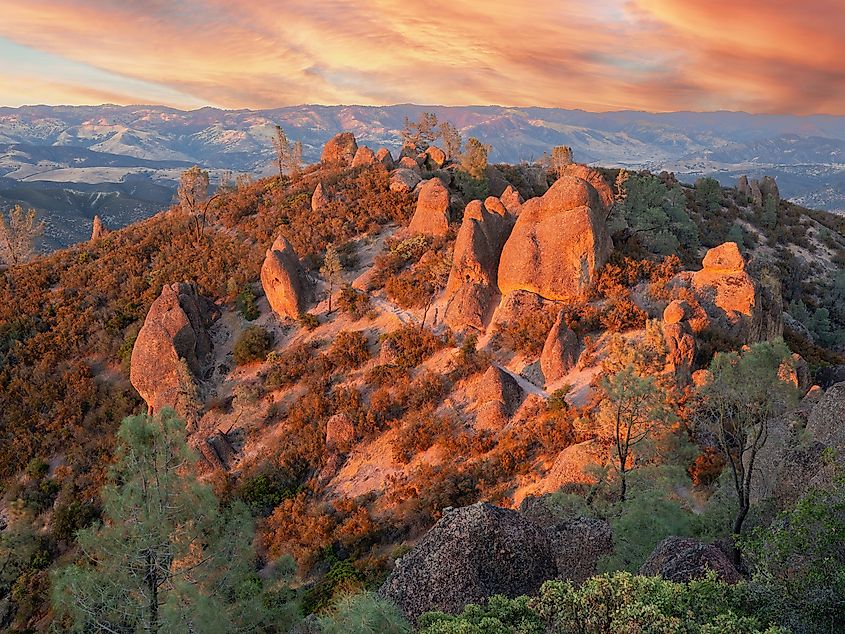
Located in central California, The Pinnacles are remnants of an ancient volcanic field. These spires of volcanic rock rise dramatically from the surrounding landscape, formed over 23 million years ago during the Neogene period. Lava flows were fragmented and eroded over time, leaving behind towering monoliths and intricate rock walls that resemble a cathedral of stone.
This area contains talus caves formed by fallen rock, creating natural tunnels. The Pinnacles highlight the combined impact of volcanic activity, tectonic movements, and erosion in creating unusual and dramatic landforms. The region remains geologically active, with faults nearby influencing both the topography and the erosion patterns, resulting in a constantly evolving landscape.
Mono Lake Tufa Towers, California
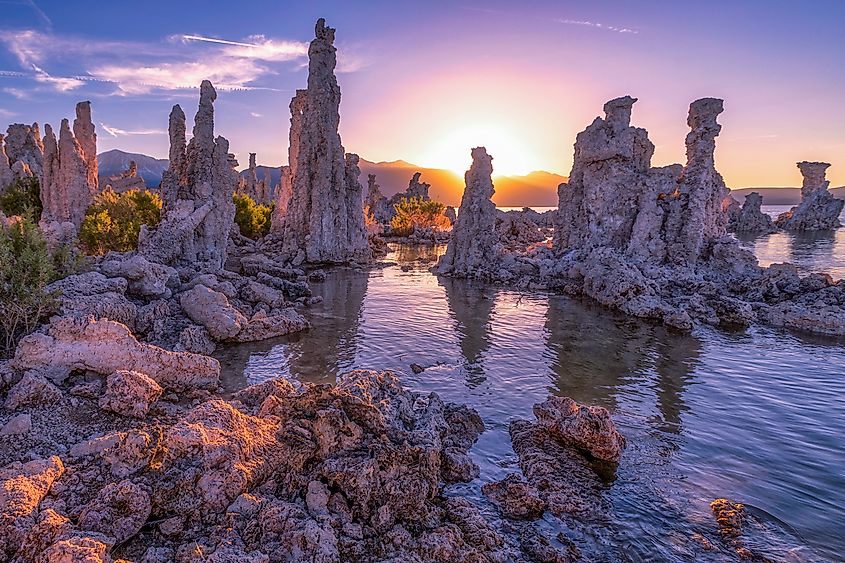
Mono Lake, east of the Sierra Nevada in California, features tufa towers, a type of limestone formation that rises from the lake’s alkaline waters. These towers form when calcium-rich springs underwater react with the carbonate in the lake, producing calcium carbonate deposits. Over decades, these deposits solidify into spires, columns, and oddly shaped towers.
The tufa towers appear alien, with jagged, irregular shapes reaching up to 30 feet high in some places. They offer a glimpse into chemical sedimentary processes rarely observed in freshwater lakes. Mono Lake itself is an ancient body of water, dating back at least 760,000 years, and the tufa formations act as natural records of changing water chemistry and lake levels. The dramatic contrast between the white towers and the surrounding blue waters creates a visual spectacle unmatched in the continental United States.
Devil’s Postpile, California
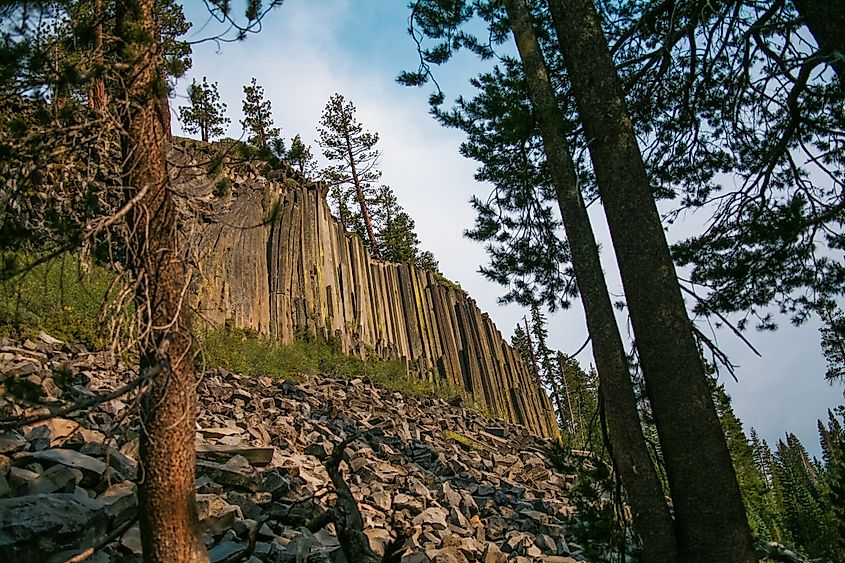
Devil’s Postpile National Monument near Mammoth Lakes, California, presents a striking example of columnar basalt formation. Vertical columns, typically six-sided, rise uniformly from the ground, creating a structure that looks as though carved by a giant sculptor. These formations result from rapid cooling of lava flows, which causes contraction and fracturing into hexagonal patterns.
The columns at Devil’s Postpile can reach heights of up to 60 feet. Over time, glacial activity exposed the columns, shaping the surrounding landscape into a mixture of smooth rock faces and jagged ridges. The formation exemplifies how volcanic activity, cooling rates, and erosion combine to produce perfectly geometric natural patterns rarely found elsewhere.
The Artistry of Earth’s Forces
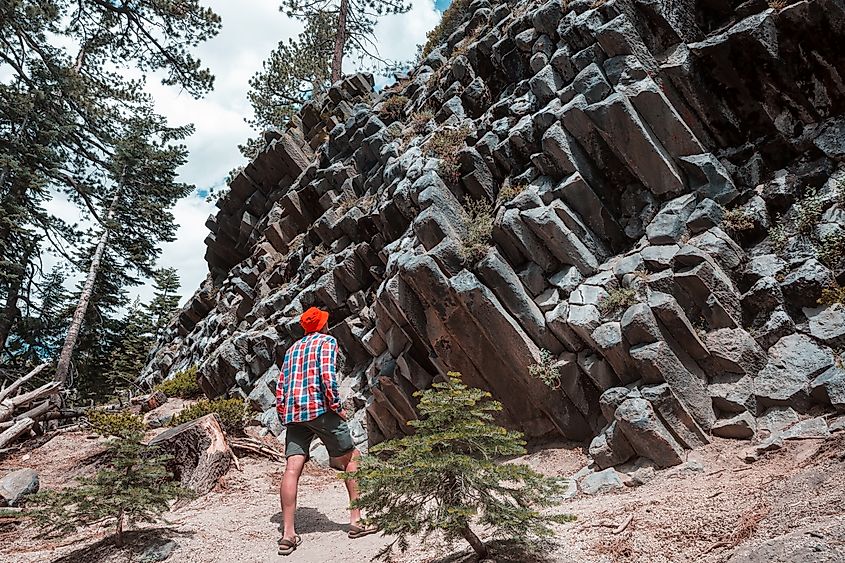
The United States holds a remarkable array of geological formations that inspire awe and curiosity. The Wave, Devil’s Kettle, Carlsbad Caverns, Cadillac Mountain, The Pinnacles, Mono Lake Tufa Towers, and Devil’s Postpile each demonstrate the diverse ways that wind, water, ice, and lava shape the land. Time, patience, and natural forces combine to craft formations that seem impossible yet remain entirely real.
Exploring these landscapes is a journey into the history of Earth itself, a chance to witness the raw power of nature sculpting rock over millions of years. Beyond their aesthetic beauty, these formations act as living textbooks, providing clues to the planet’s past and lessons about its dynamic systems. They stand as reminders of the extraordinary processes occurring continuously beneath and above the surface, a testament to the strange, captivating artistry of the natural world.
| Formation | Location | Approximate Age | Type of Formation | Key Feature |
|---|---|---|---|---|
| The Wave | Arizona-Utah border | 190 million years | Sandstone eroded by wind and water | Undulating, fluid-like sandstone ridges |
| Devil’s Kettle | Judge C.R. Magney State Park, Minnesota | Thousands of years | Water-eroded waterfall and pothole | Water disappears into a mysterious hole |
| Carlsbad Caverns | New Mexico | 250 million years | Limestone cave system | Massive chambers, stalactites, helictites |
| Cadillac Mountain | Acadia National Park, Maine | 400 million years | Granite mountain shaped by glaciers | Glacial polish and angular boulders |
| The Pinnacles | Central California | 23 million years | Eroded volcanic spires | Tall monoliths and talus caves |
| Mono Lake Tufa Towers | Eastern Sierra Nevada, California | 760,000 years | Limestone towers formed underwater | Jagged tufa spires rising from lake |
| Devil’s Postpile | Mammoth Lakes, California | Tens of thousands of years | Columnar basalt | Hexagonal vertical columns |
